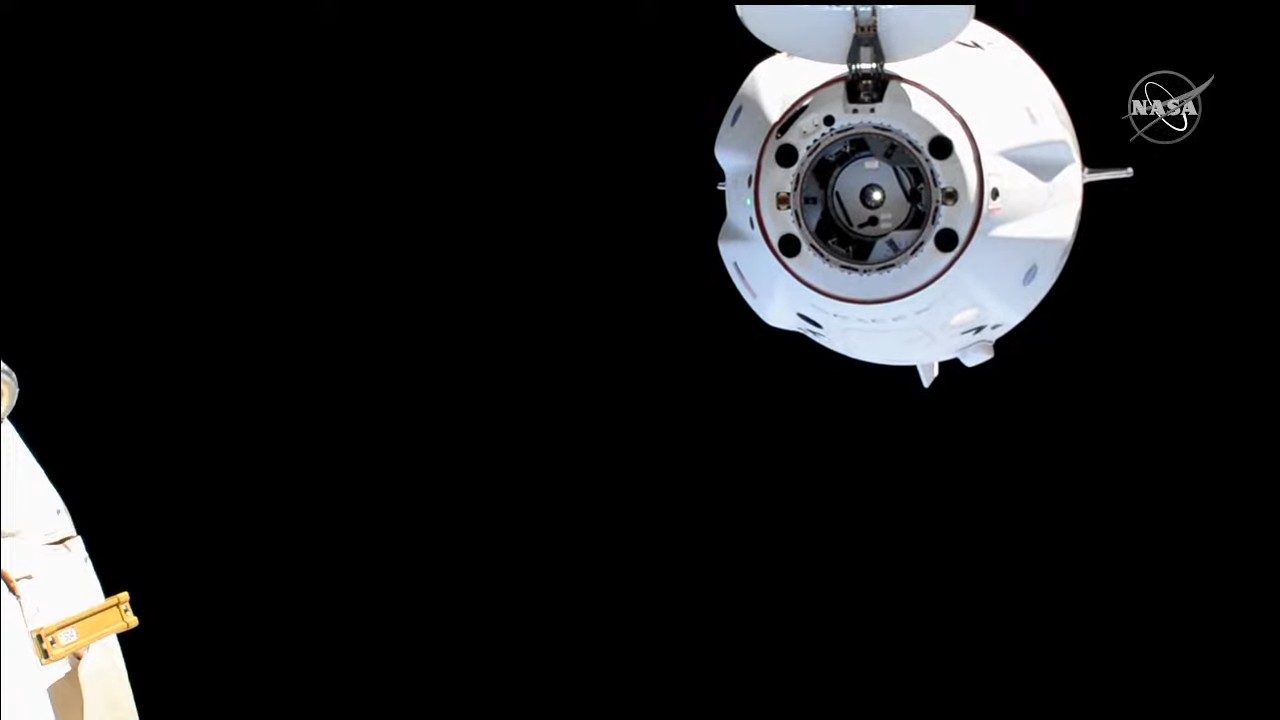Currently tethered to the International Space Station (ISS), SpaceX's Resilience capsule, which has been in space longer than any other spacecraft American, just changed port of stowage. Another ship is due to park soon.
On Monday, NASA astronauts Mike Hopkins, Victor Glover and Shannon Walker, as well as Japanese astronaut Soichi Noguchi put on their flight suits and climbed into their capsule named Resilience. However, they did not come home. All accompanied the movement of their ship for the first time.
In 38 minutes, Resilience unhooked from its "forward" port, then smoothly backed away from the International Space Station's Harmony module, moving away about sixty meters away from the laboratory in orbit. Under the power of its Draco thrusters, the pod then reoriented to dock with another port named "zenith", available on the same module.
The reason for this move? The arrival in a few weeks of the Crew-2 mission, commanded by astronaut Thomas Pesquet, as well as a cargo mission (CRS-22) in June.
Here are the details of these maneuvers:Resilience frees its "forward" parking space to come and cling to the "zenith" port. In this way, the ship allows the next manned mission, which must be launched no earlier than April 22 , to dock at its former home port. At the end of April, Resilience will then leave the station to return to Earth, freeing up the parking space "zenith" for the benefit of the cargo mission.
This cargo mission, the 22nd flown by SpaceX, will carry new solar panels for the space station inside its trunk. However, this ship must absolutely dock at the "zenith" port to allow the large robotic arm of the station to be able to grasp these panels, before installing them.

A final question arises:why the four members were they on board the vehicle if the entire procedure was carried out independently? Although they never had to touch the controls, the crew simply had to be present in case of an emergency . Fortunately, everything went perfectly.
For his part, Thomas Pesquet continues to prepare for his next mission. Asked this Sunday evening on France 2, the French judged this new start “more distressing » than the first .
"The first time, as long as we haven't practiced, it remains very theoretical, we don't really know what will happen “, he replied. "The second time around, you know exactly what's going to happen, you know exactly when it's going to be scary, and when it's going to hurt. We're still just as motivated, but we're going about it in a more thoughtful way . »